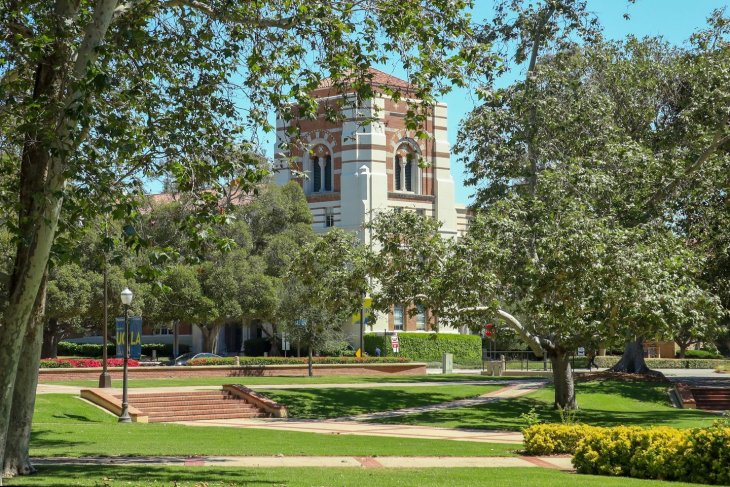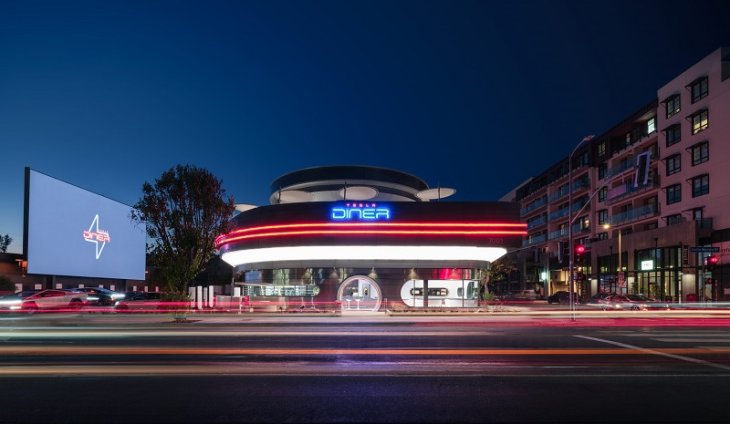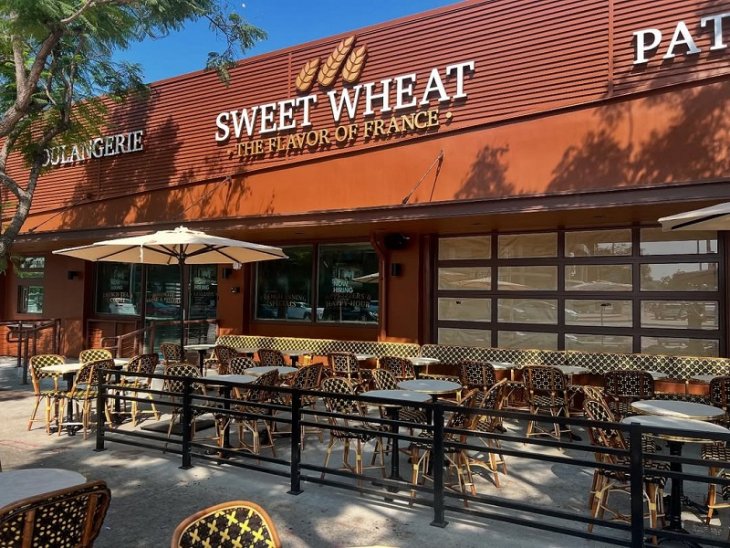
A common observation of Los Angeles and its surrounding communities is the region’s apparent lack of antiquity. Yet the Los Angeles Conservancy aims to recognize those cities that do its respective part in maintaining architectural heritage and historical landmarks.
Indeed, the Los Angeles Conservancy issued its Preservation Report Card of 2014, a precursory look at efforts of the County’s 88 municipal governments individually make to preserve cultural and historic resources.
So while an October 2013 article on NewGeography.com observes Southern California as a whole “has always thrived on reinventing itself – from cow town to agricultural hub to oil city, Tinsel Town, and the ‘Arsenal of Democracy,’” the Los Angeles Conservancy recognizes those civic institutions who at least make the appearance of saying “No” to demolishing the old and rebuilding with the new.
Cities such as Beverly Hills, Culver City, Los Angeles, and Santa Monica ranked in the A-plus, A, or A-minus category. The City of Malibu was the only Westside city to be placed in the Grade F category.
Beverly Hills was specifically recognized for its notable improvements in preservation efforts. The City earned a score of 240 out of a possible 245, giving Beverly Hills an A-plus rating.
According to the Los Angeles Conservancy, “Beverly Hills has made exceptional progress in preservation over the past few years.”
“Sometimes, the threats to a specific historic building—and the efforts to save it—galvanize support that leads to something much bigger. Beverly Hills is a prime example,” the report continued. “In the wake of some high-profile demolitions, the city catapulted ahead with a strong and active historic preservation program. The city adopted an innovative and strong historic preservation ordinance in 2012 and has implemented the Mills Act program, a powerful preservation incentive.”
The City was also given credit for creating a Cultural Heritage Commission, designating more than a dozen local landmarks, and hiring a dedicated historic preservation planner.
Nearby Culver City earned an A-minus grade, scoring 220 out of 245 possible points.
“Culver City established its historic preservation ordinance in 1991. That same year, the city adopted its historic resource survey, which led to the simultaneous designation of over 100 historic structures and three historic districts,” the published report card stated. “The city has a longstanding goal to update its historic preservation ordinance to more closely align with standard models of landmark designation, while also looking at a historic resource survey update that will identify postwar and recent-past structures.”
Though given to the City as a whole instead of recognizing specific neighborhoods such as Brentwood, Century City, Venice, Westwood, or other Westside enclaves, Los Angeles also earned an A-plus grade, scoring 240 out of 245 points.
“The city’s historic preservation ordinance, adopted in 1962, is one of the earliest in the nation for a major city,” the report card stated.

Los Angeles was also given kudos for its establishment of an Office of Historic Resources in 2006 to coordinate historic preservation activities and its designation as a Certified Local Government in 2007. Also, the City’s Mills Act program is the second largest in California.
Other key points of note: the City designated more than 1,000 local landmarks and 29 historic districts (HPOZs) encompassing more than 14,000 properties; and, Los Angeles is conducting a citywide historic resources survey – SurveyLA – covering more than 800,000 parcels.
Also receiving an A-plus was Santa Monica. It was the only city in the region to earn a perfect score of 245.
“Santa Monica established its historic preservation ordinance in 1976 and has many programs in place to protect its architectural and cultural heritage. The city became a Certified Local Government in 1992, indicating its strong commitment to a professionalized preservation program,” the report card stated.
Adding to the City’s high standing is its Landmarks Commission, which “reviews proposed demolitions to all structures throughout the city that are forty years of age or older.”
“In addition to the Mills Act property tax abatement program, Santa Monica offers a range of other incentives to owners of historic properties, including priority plan check processing; fee waivers for Certificates of Appropriateness, planning applications, and plan check applications; and exemption from requirements of the city’s construction rate program,” the report cart continued.
Malibu was given a score of zero on the Los Angeles Conservancy’s scale of 0 to 245. It is unclear, however, whether the no-score was a result of Malibu’s lack of effort in cultural and historic preservation or if the City’s practices were not observed.
The Conservancy report card was launched in 2003 to judge each of Los Angeles County’s 89 jurisdictions’ efforts in preserving cultural and historic landmarks through incentive programs, ordinances, and other forms of formalized assistance.

“The nonprofit Los Angeles Conservancy works through advocacy and education to recognize, preserve, and revitalize historic resources throughout L.A. County,” a statement about the report card explained. “As part of this effort, it is important to understand how preservation works in each of the county’s different jurisdictions, help governments create or improve preservation programs, and recognize those with strong protections in place.”
According to the Los Angeles Conservancy, the annual report card is not a “comprehensive assessment of all preservation efforts in L.A. County” nor does it “assess the general state of preservation of the cultural resources.”
Instead, the report card assesses the efforts of each local government in ensuring the preservation of cultural and historic resources.
“It simply seeks to recognize those jurisdictions that actively foster preservation and encourage them to keep up the good work, as well as to offer practical models, best practices, and motivation to those jurisdictions that have fewer protections in place,” the Los Angeles Conservancy stated about its report card.
A more in-depth look at each of the cities reported above will be provided in the next few days.
To read more about the report card, including methodology, please visit the Los Angeles Conservancy website here.





















